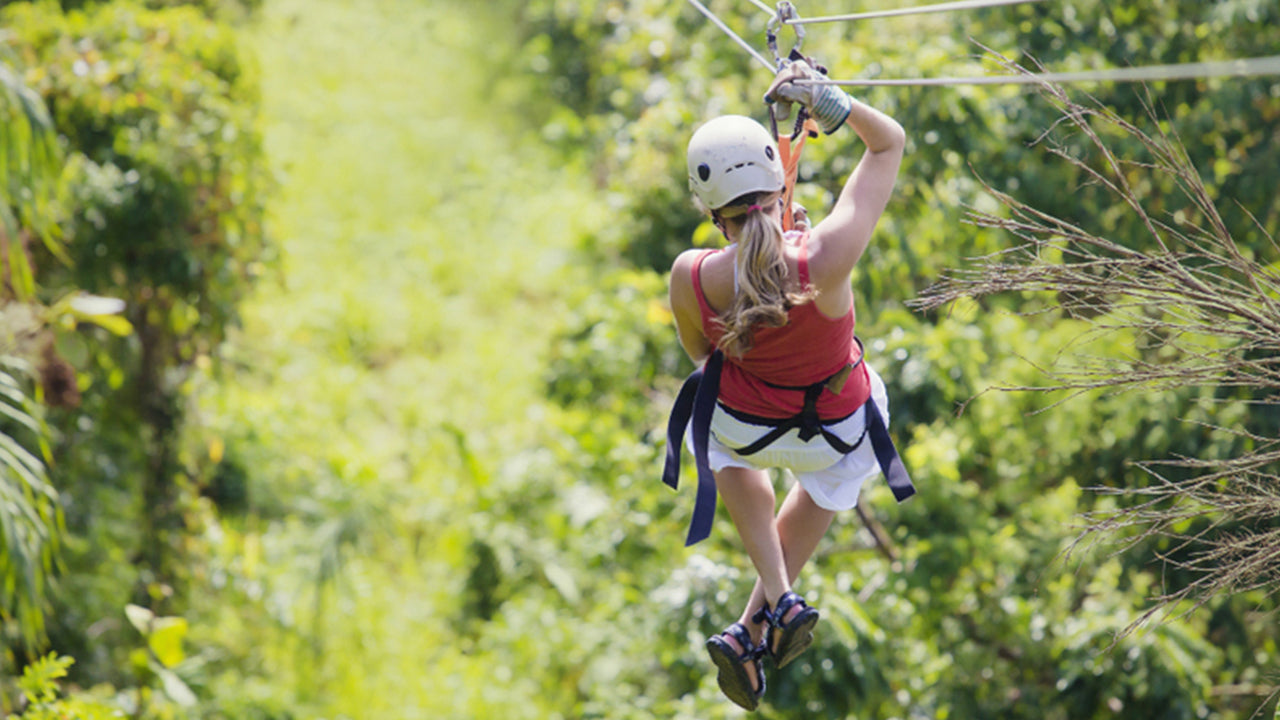
Bundala
Embark on a nature retreat in Bundala, a haven for wildlife enthusiasts. Immerse yourself in the vibrant ecosystems of Bundala National Park, home to diverse bird species and captivating landscapes. Experience the beauty of nature and conservation at its finest in Bundala
Bundala
Bundala National Park is an internationally important wintering ground for migratory water birds in Sri Lanka. Bundala harbors 197 species of birds, the highlight being the greater flamingo, which migrate in large flocks. Bundala was designated a wildlife sanctuary in 1969 and redesignated to a national park on 4 January 1993. In 1991 Bundala became the first wetland to be declared as a Ramsar site in Sri Lanka. In 2005 the national park was designated as a biosphere reserve by UNESCO, the fourth biosphere reserve in Sri Lanka.The national park is situated 245 kilometres (152 mi) southeast of Colombo.
Bundala is also featured on TripAdvisor, Viator and GetYourGuideAbout Hambantota District
Hambantota is a rural town in southeastern coastal area of Sri Lanka. It is also the capital of the Hambantota District in the Southern Province of Sri Lanka. Approximately 240 kms from Colombo,Hambantota is in the midst of transformation into a strategic port and commercial centre, undergoing extensive infrastructure development. Flanked by sweeping sandy beaches,Hambantota is a convenient location from which to visit nearby sights.
The Bundala National Park lays 20 km east of Hambantota and the Weerawila Sanctuary a little further off. The Ruhuna National Park and theKataragama Temple are other attractions that can be accessed easily from this city.
About Southern Province
The Southern Province of Sri Lanka is a small geographic area consisting of the districts of Galle, Matara and Hambantota. Subsistence farming and fishing is the main source of income for the vast majority of the people of this region.
Important landmarks of the Southern Province include the wildlife sanctuaries of the Yala and Udawalawe National Parks, the holy city of Kataragama, and the ancient cities of Tissamaharama, Kirinda and Galle. (Although Galle is an ancient city, almost nothing survives from before the Portuguese invasion.) During the Portuguese period there were two famous Sinhalese poets called Andare who was from Dickwella and Gajaman Nona who was from Denipitiya in Matara District, composing poems on common man.







